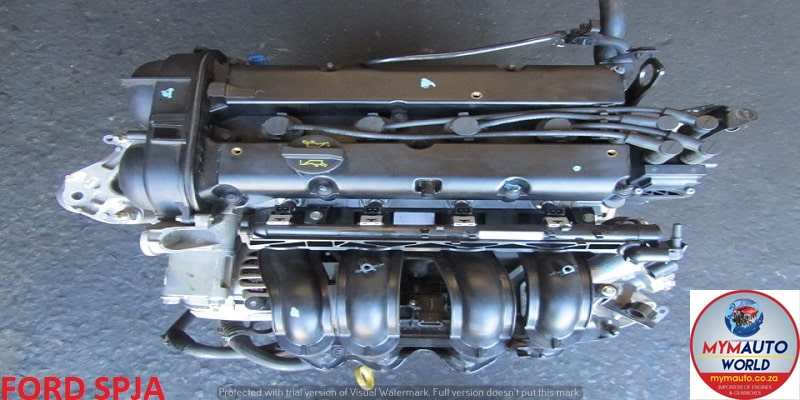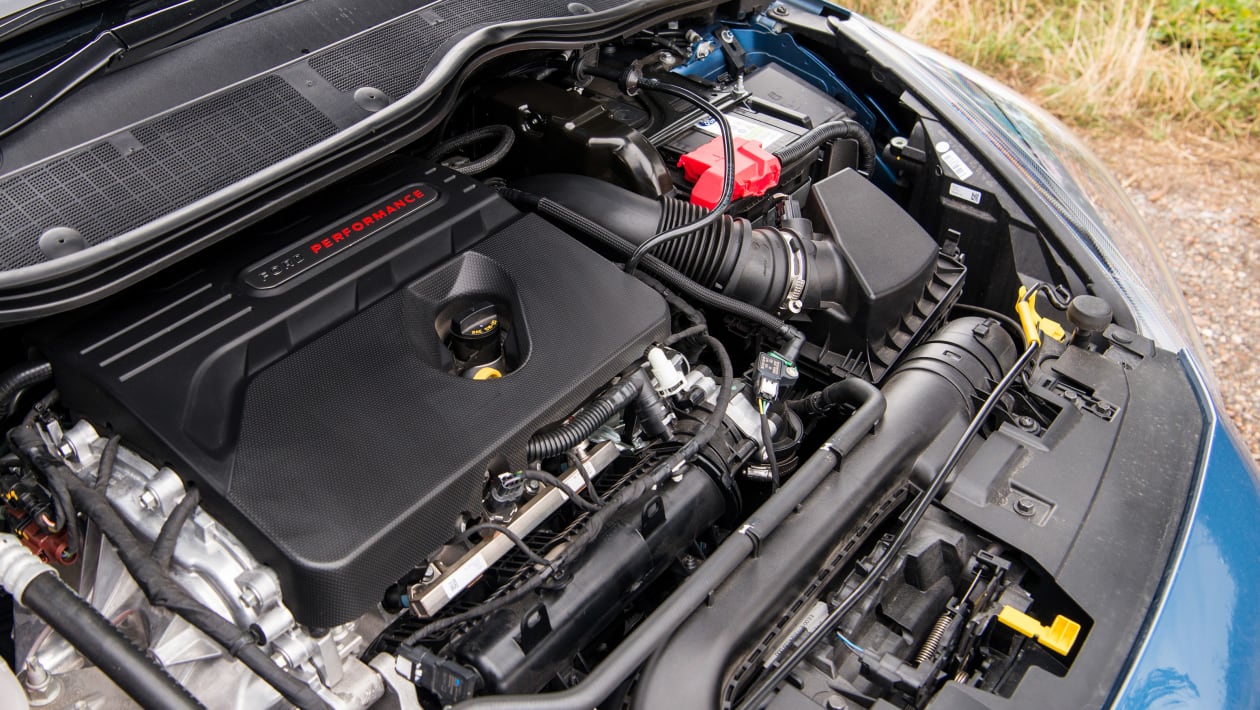Save Money on Repairs with Regular Ford Fiesta Engine Inspections
Save Money on Repairs with Regular Ford Fiesta Engine Inspections
Blog Article
The Future of Engines: Innovations Driving Sustainable Power Solutions
As the auto market browses the essential shift towards sustainability, the future of engines is increasingly specified by groundbreaking innovations. Electric engine innovations, together with promising advancements in hydrogen fuel cells and biofuels, are improving the landscape of power solutions. The emergence of hybrid systems further complicates this evolution, offering both possibilities and difficulties to lower discharges successfully. Coupled with the integration of expert system in engine layout, these technical strides increase critical concerns concerning their long-term feasibility and effect on conventional standards. What might this suggest for the industry and consumers alike?
Electric Engine Developments
The development of electrical engine advancements indicates a crucial shift in the automobile and aerospace markets, driven by the immediate requirement for lasting choices to fossil gas. This change is defined by significant developments in battery innovation, power electronic devices, and electric motor design, which collectively improve the efficiency and performance of electrical engines.
Current technologies have actually caused the development of lighter, a lot more energy-dense batteries, such as lithium-silicon and solid-state batteries, which promise longer ranges and shorter billing times. In addition, renovations in electric motor efficiency, such as using irreversible magnets and progressed cooling systems, allow electric engines to run successfully under varying conditions. These enhancements not just improve vehicle performance but also contribute to a reduction in overall power consumption.
Moreover, the integration of advanced software algorithms has actually enhanced power management in electrical vehicles, permitting regenerative braking and anticipating billing strategies. As manufacturers significantly embrace electrical propulsion, the aerospace and vehicle industries are witnessing a standard change in the direction of greener innovations. This evolution not only fulfills regulative demands yet likewise straightens with consumer choices for eco-friendly transport solutions, strengthening electric engines as a keystone of future sustainable flexibility.
Advancements in Biofuels
As the vehicle and aerospace industries progressively focus on lasting energy resources, innovations in biofuels become a corresponding option to electrical engines. Biofuels, derived from natural materials such as plants, waste, and algae, offer an innovative opportunity for lowering greenhouse gas emissions and reliance on nonrenewable fuel sources.
Recent research study has focused on improving the performance and sustainability of biofuel manufacturing. Second-generation biofuels utilize non-food feedstocks, lessening competition with food supply and decreasing environmental effect. Developments in artificial biology have allowed the design of bacteria to generate biofuels extra successfully, leading to higher returns and reduced manufacturing prices.
In addition, the development of drop-in biofuels permits seamless integration into existing infrastructure, making it possible for a smoother change for sectors commonly based on fossil fuels. ford fiesta engine. These fuels can be utilized in current engines without modifications, promoting their adoption across various sectors
Investments in biofuel technology, in addition to supportive plans, are vital to drive innovation and scalability. As the global area seeks to deal with climate change, biofuels offer a pragmatic, immediate service that lines up with the overarching objective of sustainability in transport and air travel.
Hydrogen Gas Cell Modern Technology
An expanding number of scientists and business are discovering hydrogen fuel cell technology as a viable alternative to standard power resources in transport and energy systems. This technology transforms chemical energy from hydrogen right into power through an electrochemical reaction, with water as helpful hints the only byproduct, making it an eco friendly option.
The core of hydrogen gas cells is the fuel cell pile, where hydrogen molecules are divided right into protons and electrons. The circulation of electrons generates electricity, while protons move via a membrane to incorporate with oxygen from the air, developing water. This procedure results in high performance and low exhausts, positioning hydrogen gas cells as an important player in the change to sustainable power.
Substantial innovations have actually been made in enhancing the sturdiness and efficiency of fuel cells, along with reducing costs via cutting-edge production methods. Additionally, the development of hydrogen production techniques, such as electrolysis powered by renewable resource sources, improves the sustainability of the general system. As facilities for hydrogen refueling expands and manufacturing techniques end up being a lot more reliable, see post hydrogen gas cell technology holds great guarantee for decarbonizing various fields, including durable transport and stationary power generation.
Crossbreed Solutions and Their Effect
Crossbreed systems stand for a significant advancement in sustainable engine innovation, merging standard internal burning engines with electric propulsion to maximize power performance and decrease discharges (ford fiesta engine). This double approach permits vehicles to make use of both source of power, allowing greater adaptability in power intake and reducing dependence on nonrenewable fuel sources

In addition to environmental benefits, hybrid systems supply customers a viable transition in the direction of fully electric automobiles. They alleviate range anxiety by incorporating the ease of gas with the benefits of electrical propulsion, making them an eye-catching alternative for a larger target market. As producers buy hybrid technology, the development of more sophisticated battery systems and light-weight materials remains to boost performance. Overall, crossbreed systems stand for a crucial action towards accomplishing sustainable transportation and resolving the urgent demand for eco-friendly power solutions.
The Role of AI in Engine Layout
Leveraging sophisticated formulas and device understanding techniques, the automotive market is progressively integrating artificial knowledge (AI) right into engine layout procedures. AI improves the effectiveness and performance of style by analyzing substantial datasets to determine optimal setups and efficiency parameters. This ability permits designers to simulate different click for more operating problems and anticipate engine actions under multiple scenarios, dramatically reducing the moment and cost connected with typical prototyping approaches.
In addition, AI promotes the development of sophisticated materials and burning procedures customized for sustainability. By maximizing gas efficiency and decreasing discharges, AI-driven designs line up with global campaigns targeted at decreasing the carbon footprint of automobile engines. Artificial intelligence formulas can likewise forecast maintenance needs, resulting in improved integrity and longevity of engine elements.
Additionally, AI is instrumental in the assimilation of electrification innovations, such as crossbreed systems, where it can optimize battery monitoring and power recuperation procedures. As the industry relocates towards more lasting power services, the duty of AI in engine layout comes to be progressively vital, driving technology and improving the performance of future engines. Inevitably, the collaboration in between AI and engine layout proclaims a brand-new period of smarter, cleaner, and extra efficient automobile innovations.

Final Thought
Finally, the future of engines is being shaped by a merging of cutting-edge modern technologies that prioritize sustainability. Electric engine developments, biofuel advancements, hydrogen fuel cells, and hybrid systems jointly contribute to a substantial reduction in discharges and ecological effect. Additionally, the combination of expert system in engine layout enhances performance and efficiency. These transformative solutions emphasize a commitment to producing a cleaner, much more sustainable automotive landscape, ultimately benefiting both society and the setting.
Electric engine innovations, together with promising developments in hydrogen fuel cells and biofuels, are reshaping the landscape of power options. Furthermore, renovations in electric motor efficiency, such as the use of long-term magnets and advanced cooling down systems, allow electrical engines to operate effectively under varying conditions. By enhancing fuel effectiveness and decreasing emissions, AI-driven designs line up with worldwide efforts aimed at decreasing the carbon impact of automobile engines. As the industry moves in the direction of even more sustainable power options, the function of AI in engine design comes to be increasingly vital, driving technology and improving the efficiency of future engines. Electric engine innovations, biofuel developments, hydrogen gas cells, and crossbreed systems jointly add to a significant decrease in emissions and ecological impact.
Report this page